How Doctor Appointment Apps are Reducing Wait Times in Clinics
27 Mar 25 

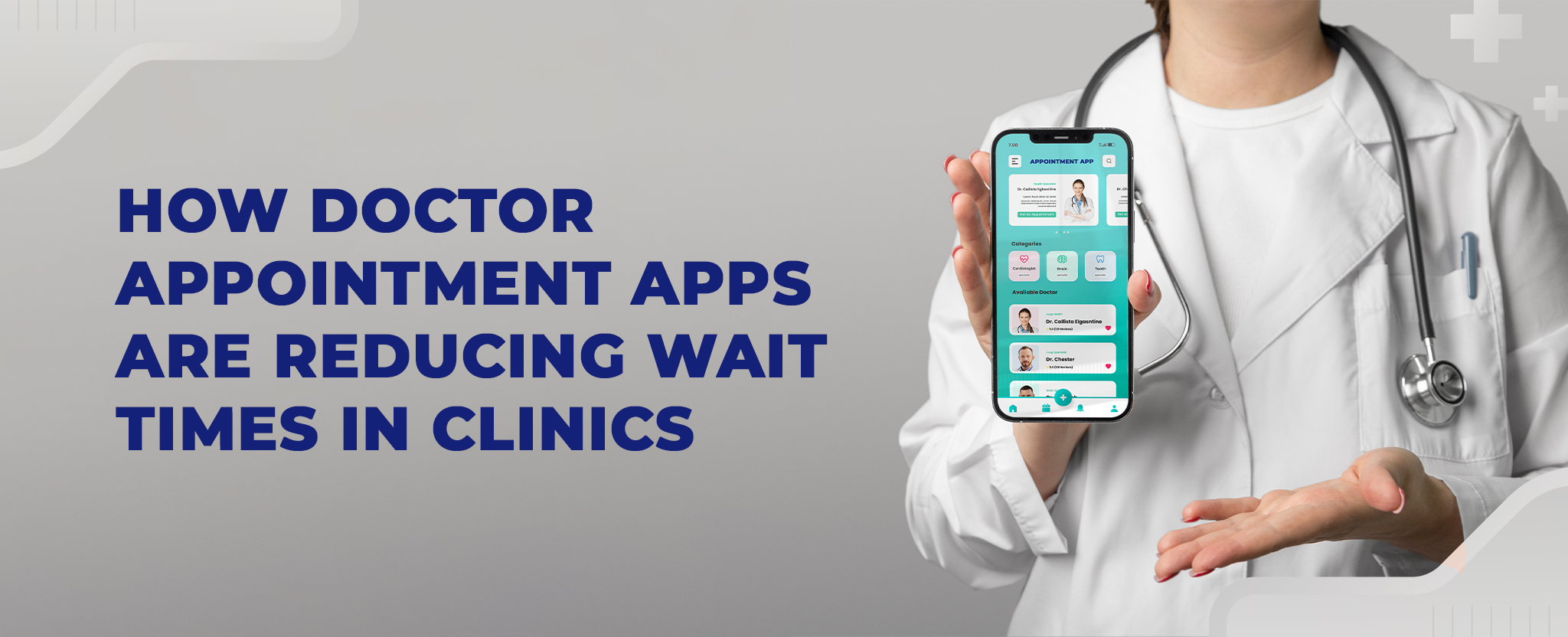
Waiting in a clinic lobby is more than just killing time. A recent study shows that patients spend about 20 minutes waiting, with some waiting up to 45 minutes. These wait times aren’t just inconvenient—they cost money and cause stress. Patients lose work hours, feel more anxious, and healthcare providers waste valuable resources. What looks like a simple wait actually represents a big problem in healthcare delivery.
The Economic Impact of waiting Beyond personal inconvenience, clinic wait times have substantial economic implications:
- An estimated $52 billion is lost annually in productivity due to healthcare-related waiting times
- Patients lose an average of 2.3 hours per medical appointment, including travel and waiting
- Healthcare providers experience reduced patient satisfaction and potential revenue loss
The Digital Transformation of Healthcare Scheduling
Doctor appointment apps are not just technological novelties; they’re comprehensive solutions addressing multiple pain points in the healthcare ecosystem. These innovative platforms leverage advanced algorithms, real-time scheduling, and intelligent patient management systems to create a seamless, efficient healthcare experience.
Key Technological Innovations
Smart Scheduling Algorithms : Doctor appointment apps utilize sophisticated machine learning algorithms that optimize appointment slots, considering factors like:
- Patient medical history
- Estimated consultation duration
- Doctor’s availability
- Potential emergency cases
Real-Time Slot Optimization : Unlike traditional booking methods, these apps dynamically adjust scheduling in real-time. If a patient cancels or reschedules, the slot immediately becomes available, reducing unexpected waiting times and maximizing clinic efficiency.
The Multifaceted Impact of Appointment Apps
Reducing Physical Wait Times
Traditional clinic visits often involve:
- Unclear appointment timings
- Unpredictable consultation durations
- Manual registration processes
Appointment apps address these challenges by:
- Providing precise time slots
- Sending real-time notifications
- Allowing pre-consultation documentation
Data-Driven Patient Management
Modern doctor appointment apps are not merely scheduling tools but comprehensive patient management platforms. They collect and analyze data to:
- Predict patient flow
- Identify potential bottlenecks
- Optimize resource allocation
A Quantitative Perspective
A comprehensive study by Healthcare Digital Innovations revealed that clinics implementing advanced appointment apps experienced:
- 37% reduction in patient wait times
- 52% improvement in patient satisfaction
- 28% increase in clinic operational efficiency
Technological Features Driving Transformation
- Intelligent Triage Systems : Some advanced apps now incorporate preliminary symptom assessment, allowing:
- Priority-based scheduling
- Routing patients to appropriate specialists
- Preliminary risk assessment
- Integrated Communication Channels : These apps often include:
- Secure messaging with healthcare providers
- Option for virtual consultations
- Medical record management
- Prescription tracking
Psychological Benefits of Reduced Waiting Times
Patient Stress Reduction
Waiting creates significant psychological strain:
- Increased anxiety about medical conditions
- Uncertainty about consultation timing
- Potential workplace productivity loss
Doctor appointment apps mitigate these concerns by:
- Providing precise arrival windows
- Sending timely updates
- Offering transparent communication channels
Patient Empowerment and Engagement
These digital platforms transform patients from passive recipients to active healthcare participants by:
- Allowing self-scheduling
- Providing medical information
- Enabling proactive health management
- Creating personalized healthcare experiences
Economic and Healthcare Accessibility Implications
Cost-Effectiveness for Patients and Clinics
- Patient Perspective: Reduced time investment, lower transportation costs
- Clinic Perspective: Decreased administrative overhead, optimized resource utilization
Breaking Geographical Barriers
Doctor appointment apps are particularly transformative in:
- Rural areas with limited healthcare access
- Regions with Healthcare professional shortages
- Locations with mobility challenges
Addressing Privacy and Security Concerns
With great technological power comes significant responsibility. Top-tier doctor appointment apps prioritize:
- HIPAA compliance
- End-to-end encryption
- Secure data transmission
- Transparent privacy policies
User Data Protection Strategies
- Biometric authentication
- Regular security audits
- Anonymized data processing
- Consent-driven data sharing
Future Trajectory: Beyond Appointment Scheduling
The next generation of doctor appointment apps is expected to integrate:
- Artificial Intelligence diagnostics
- Predictive health monitoring
- Personalized health recommendations
- Seamless insurance verification
Emerging Technologies
- Machine learning for symptom prediction
- Blockchain for secure medical records
- IoT integration with wearable health devices
Challenges and Considerations
While promising, these apps aren’t without challenges:
- Ensuring digital literacy among diverse age groups
- Maintaining human touch in healthcare
- Continuous technological upgrades
- Balancing automation with personalized care
Conclusion: A Digital Healthcare Renaissance
Doctor appointment apps represent more than a technological trend—they’re a fundamental reimagining of healthcare accessibility. By reducing wait times, optimizing resources, and putting patient convenience at the forefront, these digital platforms are creating a more responsive, efficient healthcare ecosystem.
As we move forward, these apps will continue to evolve, promising a future where healthcare is not just a service, but a seamlessly integrated, patient-centric experience.
- Agentic AI1
- Android Development3
- Artificial Intelligence31
- Classified App3
- Custom App Development5
- Digital Transformation12
- Doctor Appointment Booking App14
- Dropshipping1
- Ecommerce Apps40
- Education Apps2
- Fintech-Apps37
- Fitness App4
- Flutter4
- Flutter Apps20
- Food Delivery App5
- Grocery App Development1
- Grocery Apps3
- Health Care10
- IoT2
- Loyalty Programs9
- Matrimony Apps1
- Microsoft1
- Mobile App Maintenance2
- Mobile Apps127
- Product Engineering6
- Progressive Web Apps1
- React Native Apps2
- Saas Application2
- Shopify9
- Software Development3
- Taxi Booking Apps7
- Truck Booking App5
- UI UX Design8
- Uncategorized6
- Web App Development1








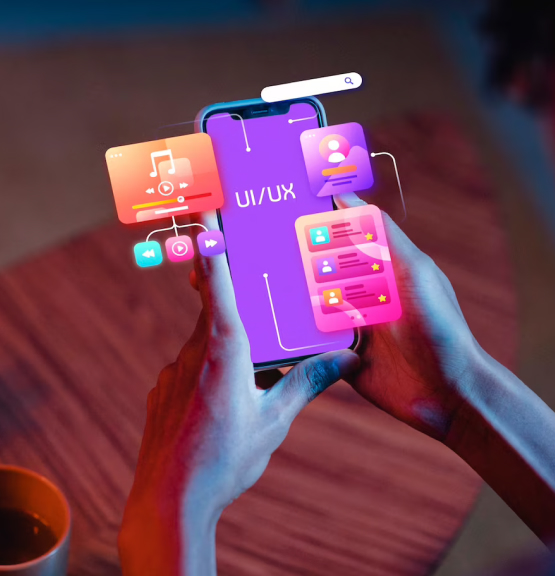
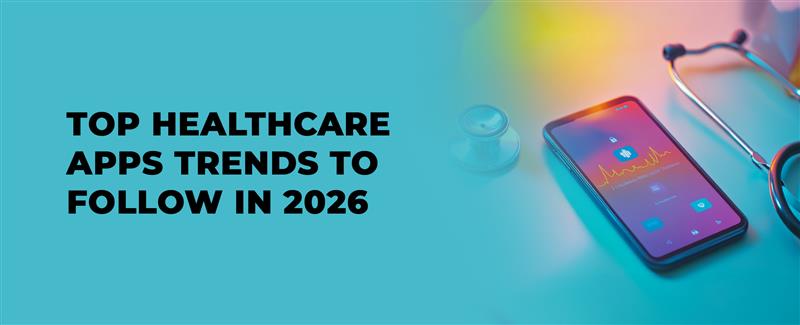
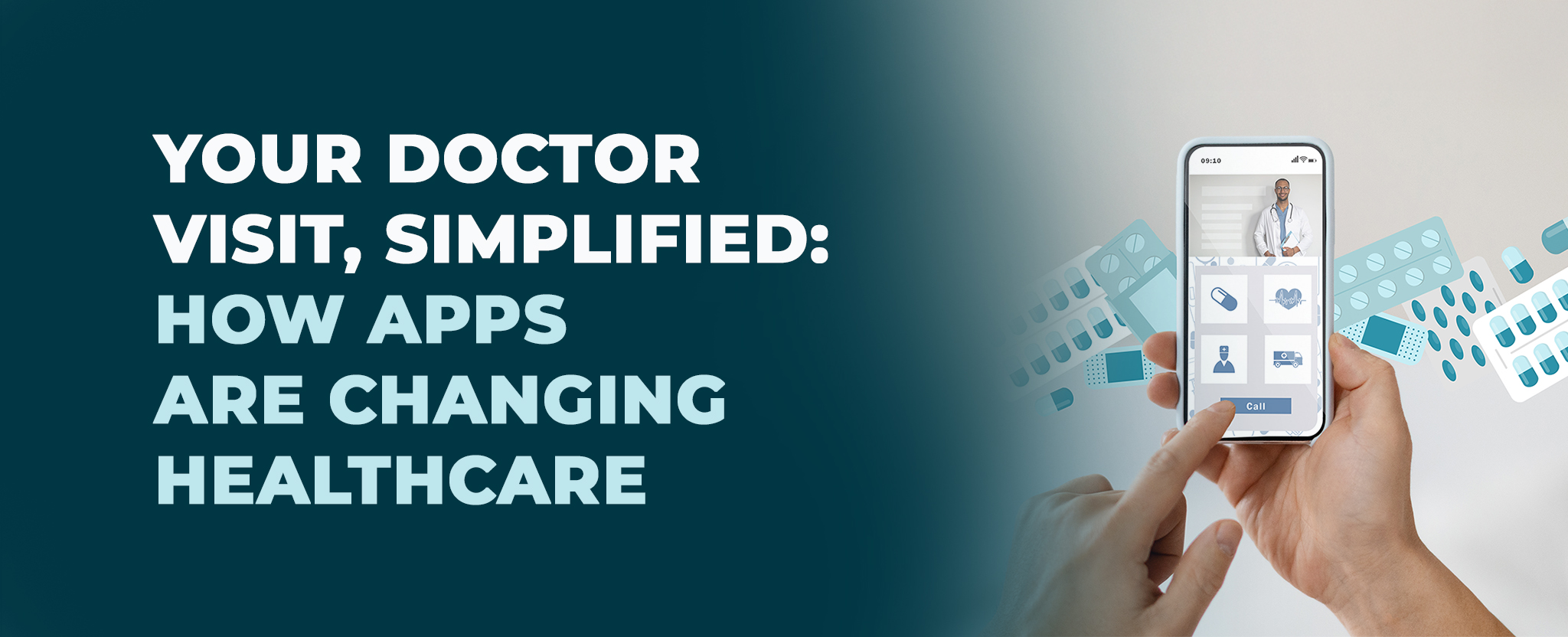
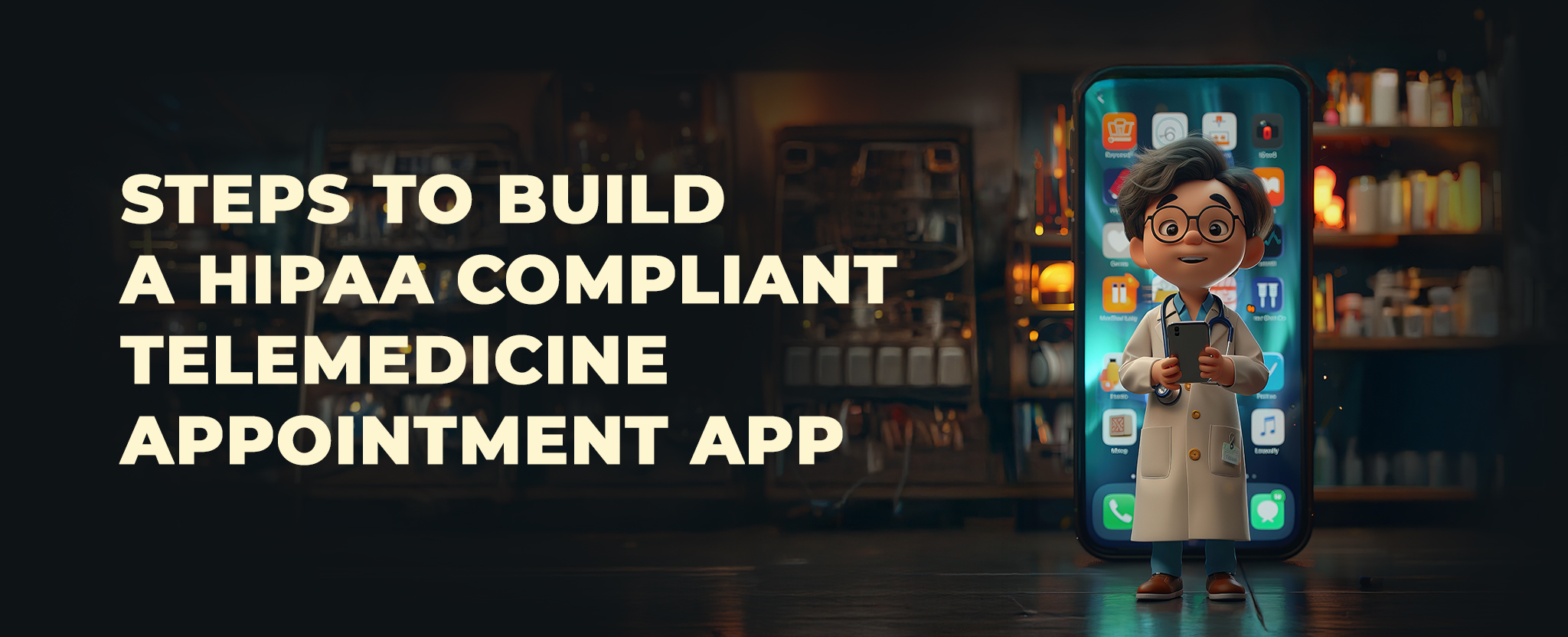
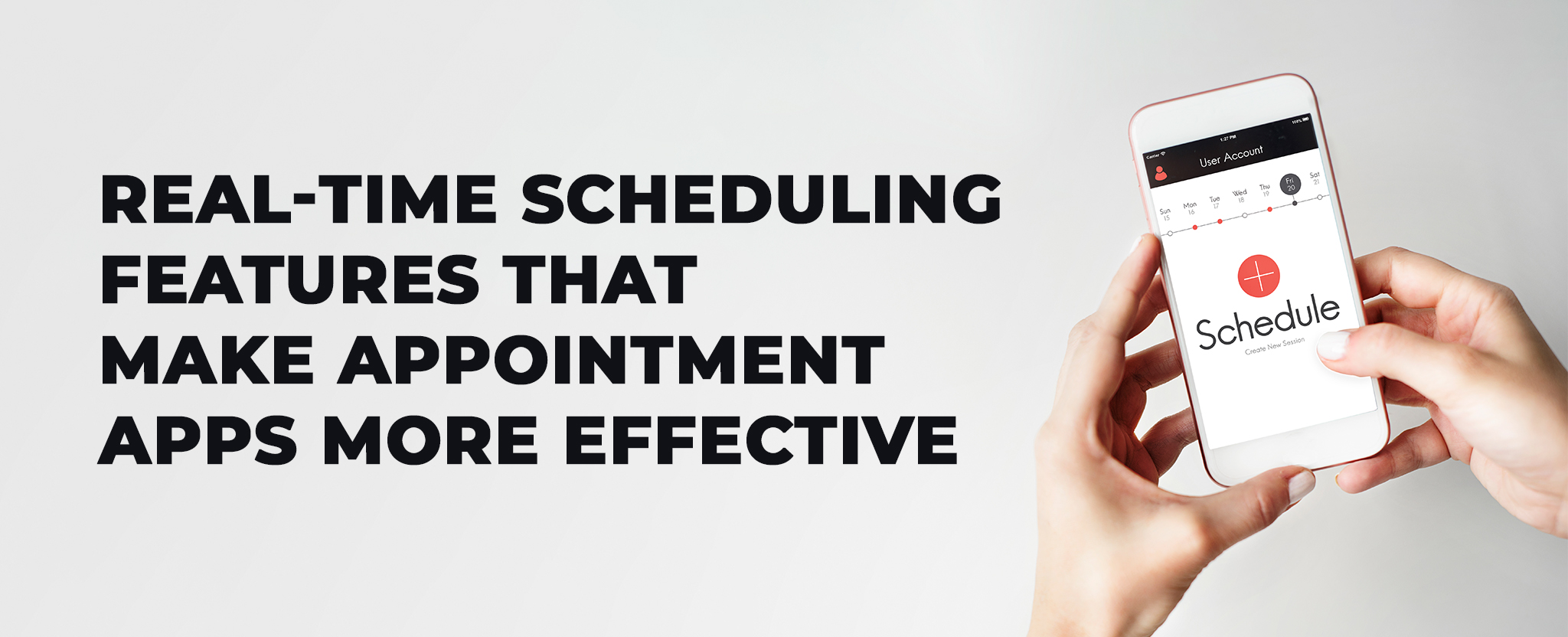






Comments